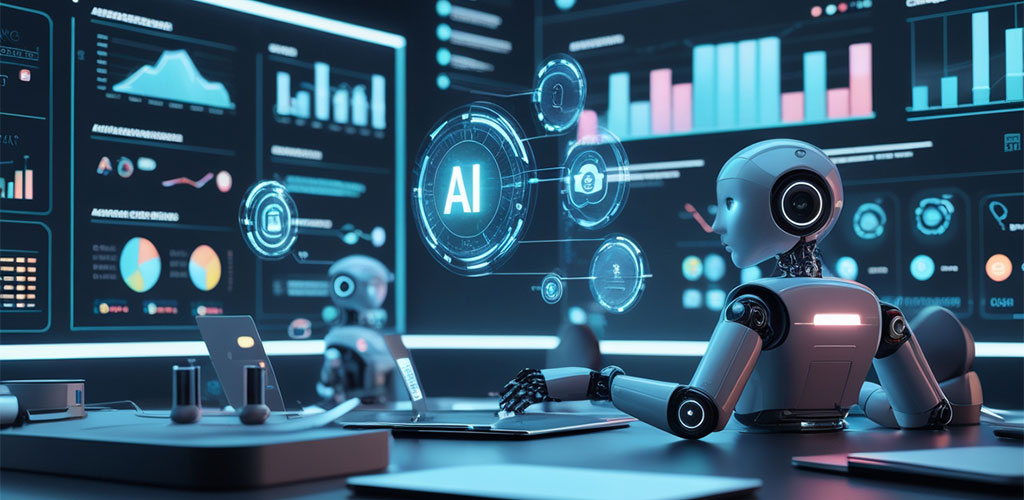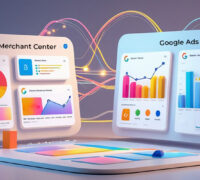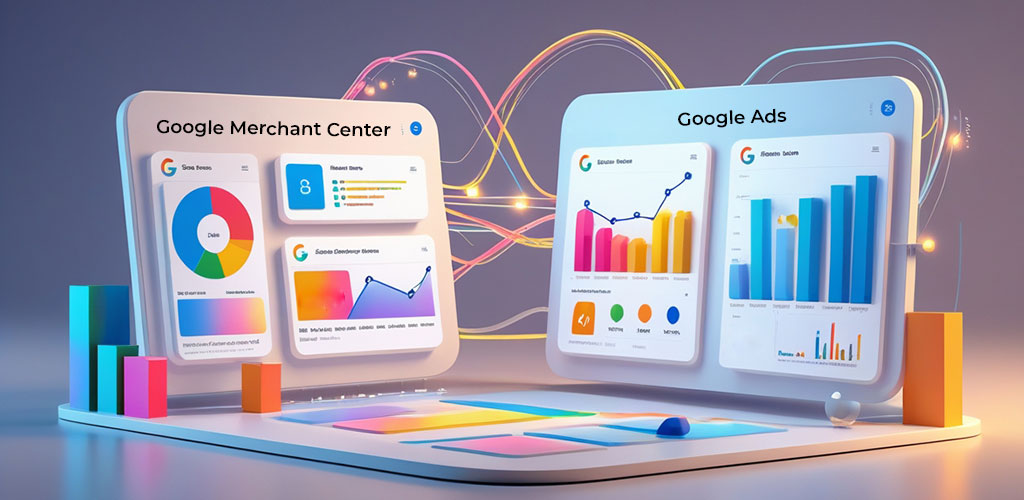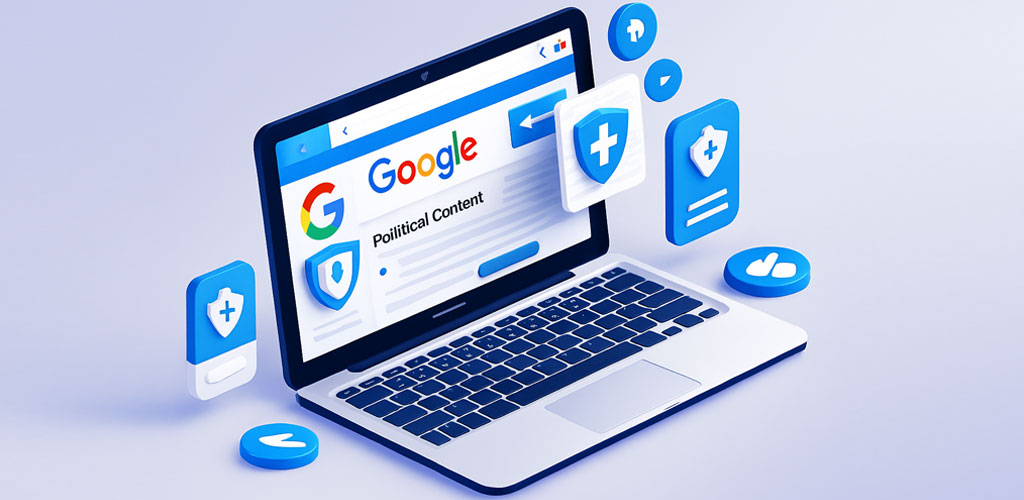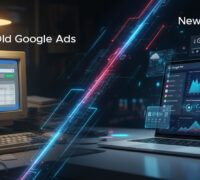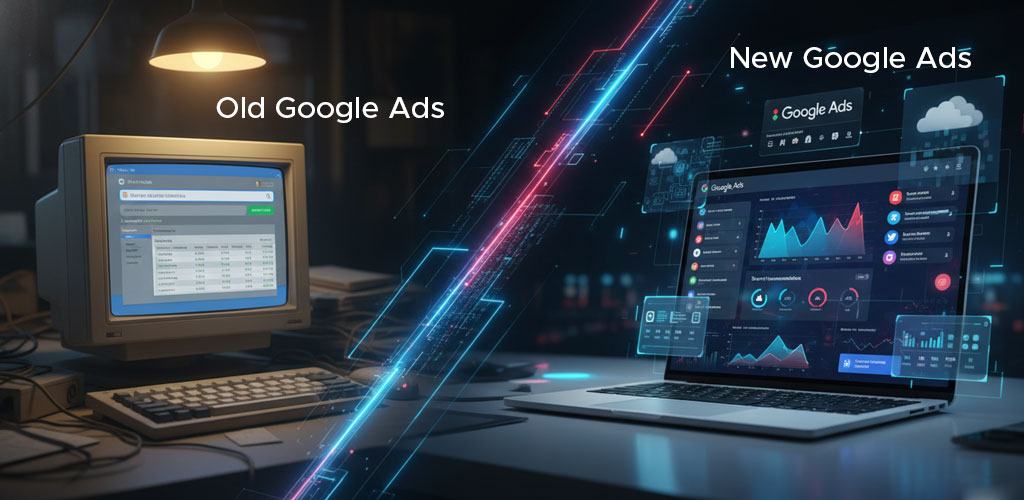Digital marketing in 2025 is entering a new era where artificial intelligence is becoming the core engine behind most online strategies. The days of manual optimization and guesswork are slowly fading. Today, businesses depend on AI tools to understand audience behavior, make decisions faster, and improve overall campaign performance. This shift is not about replacing human expertise but enhancing it with smarter, data-driven automation.
AI in Digital Advertising Is Reducing Costs and Improving Targeting
The biggest transformation in advertising is happening in platforms like Google Ads and Meta Ads. Automated systems such as Performance Max and Advantage+ now handle most of the complex work. They analyze millions of signals like device usage, user intent, and purchase probability to deliver ads to the most relevant audience. This automation results in better conversions at lower costs because AI continuously learns and adapts. Even small businesses benefit, as AI removes guesswork from targeting and bidding, making ads more efficient and predictable.
SEO Is Now About Experience, Not Just Keywords
Search engines have evolved quickly, especially with Google introducing AI-driven search experiences. SEO is no longer dependent only on keywords or backlinks. Instead, it focuses on providing meaningful and helpful content that answers user queries clearly. Google rewards websites that deliver genuine value through strong content, smooth navigation, and good page experience. AI tools assist marketers by analyzing search intent, auditing websites, and identifying opportunities for improvement. As search becomes more conversational, brands need deeper, richer content that matches real user needs.
AI Content Creation Is Faster and More Personalized
Content creation has become more dynamic with AI’s involvement. What used to take hours can now be generated in minutes without losing creativity. Marketers use AI tools to produce blogs, social posts, email sequences, and ad copy more efficiently. These tools study trends, tone of voice, and user expectations to generate content that feels personalized. While AI provides speed and structure, human creativity is still essential to maintain authenticity and emotional impact. Together, they create powerful storytelling that connects better with the audience.
Predictive Analytics Helps Brands Understand Customers Before They Act
One of the most powerful changes in digital marketing is predictive analytics. Instead of relying solely on past performance, marketers can now forecast future customer behavior. AI systems analyze browsing patterns, purchase history, and engagement levels to predict what people will do next. This allows businesses to reach potential customers at the right moment with the right message. Predictive data improves the performance of emails, ads, remarketing campaigns, and customer nurturing, making the entire marketing journey more intelligent.
Chatbots and Automation Deliver Faster Customer Experiences
Customer support has also become more advanced with AI chatbots and automated workflows. Modern chatbots do more than answering simple questions. They help with lead qualification, product suggestions, appointment scheduling, and issue resolution. This ensures customers get instant support at any time without waiting for human agents. Automation also helps businesses manage follow-ups, reminders, and nurturing sequences without manual effort. The result is improved customer satisfaction and higher engagement, especially for service-based businesses.
Social Media AI Helps Brands Stay Ahead of Trends
Social media platforms are integrating AI features that assist in predicting trends, generating creative ideas, and even designing visual content. Brands can now identify what type of content will perform best before posting it. AI tools create captions, images, and video concepts that match current social behavior and audience mood. This gives businesses a consistent presence online while reducing the time spent on brainstorming new ideas. With AI’s support, social media marketing becomes more strategic and less experimental.
AI Will Not Replace Marketers, But It Will Replace Old Methods
The rise of AI has created a major shift in how digital marketing works. However, AI is not replacing marketers. It is replacing outdated methods that rely on guesswork and manual effort. The future belongs to businesses and agencies that combine AI-powered tools with human creativity and strategic thinking. Digital marketing is becoming more efficient, more predictable, and more customer-focused. Automation is not the end of marketing; it is the beginning of a more intelligent era.


